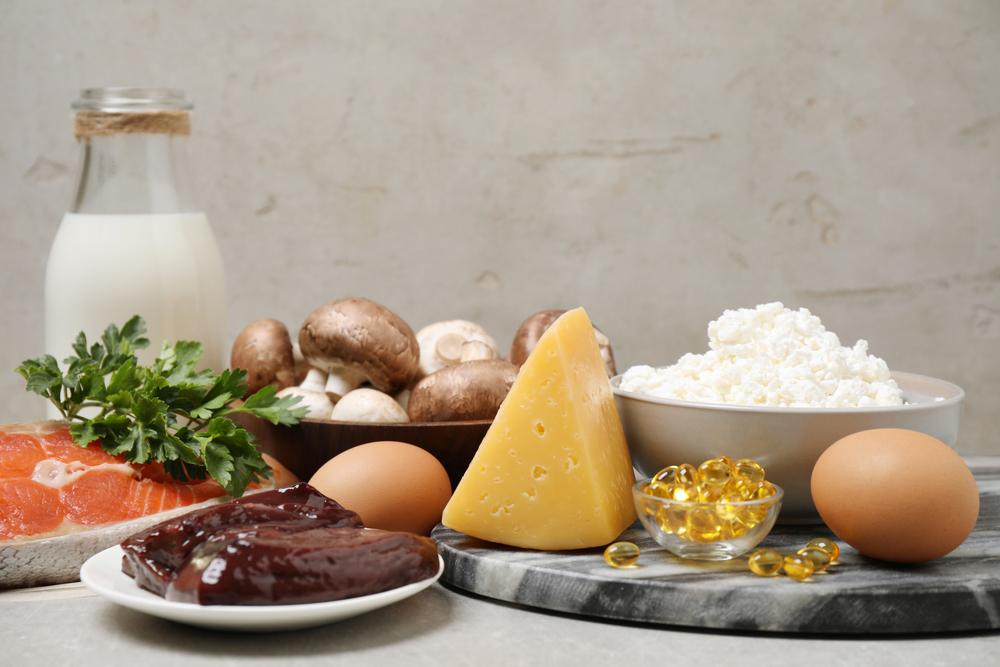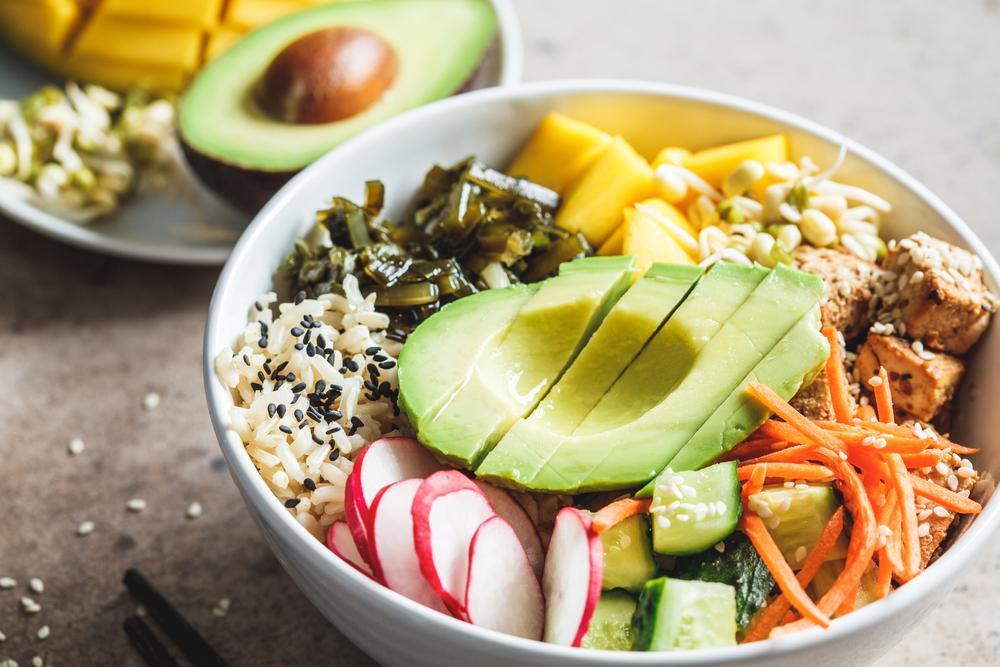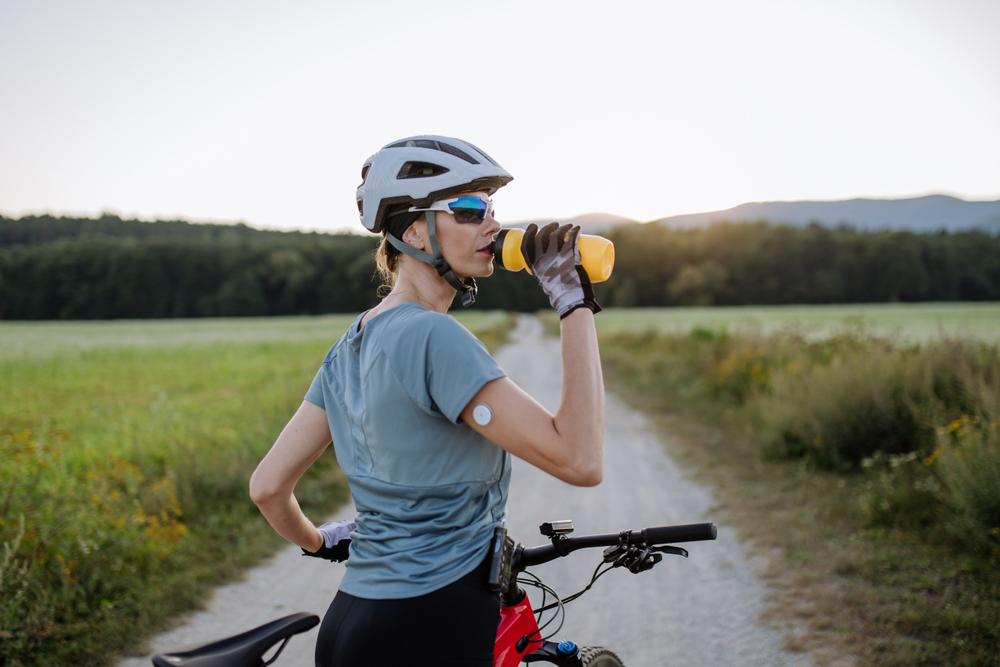 Kids who participate in youth sports achieve greater peak bone mineral density in their 20s than kids who watch from the bleachers, but only with adequate nutritional support. In some extreme cases, poor dietary choices coupled with high intensity exercise can reduce bone mineral density instead of increasing it! To ensure you are promoting optimal bone health in your youth sport athlete, follow the recommendations below.
Kids who participate in youth sports achieve greater peak bone mineral density in their 20s than kids who watch from the bleachers, but only with adequate nutritional support. In some extreme cases, poor dietary choices coupled with high intensity exercise can reduce bone mineral density instead of increasing it! To ensure you are promoting optimal bone health in your youth sport athlete, follow the recommendations below.
Promote weight-bearing activity
Bones are a living and constantly changing tissue, meaning a person’s activities and nutritional choices can influence the amount of calcium in bones at any age. The reason bone health is so important for a kid is that bone mineral density peaks in the early- to mid-20s, and having stronger bones at this peak lowers your risks of fractures later in life. In addition to adequate nutritional support, activity level plays a huge role in boosting bone mineral density.
Bones are constantly being remodeled based on how they are stressed. In response to greater forces from running and jumping, your body deposits more calcium in the bones of the hips, legs, and feet. The opposite is also true; a lack of weight bearing activity can result in lower bone mineral density because there wasn’t enough stress for bones to respond to.
Youth sports promote bone health by increasing a kid’s activity level, particularly with weight bearing activities. To further optimize bone health, kids should participate in a variety of sports and activities in order to stress bones throughout the body.
Consume Adequate Calcium, And…
Most parents are aware of the important role calcium plays in bone health, but there are some additional factors that influence how much calcium makes it into a kid’s bones. Before discussing those factors, it’s important to start with the basic facts. The recommended daily intake of calcium is 1000mg/day for kids 4-8 years old, and increases to 1300mg/day for kids 9-18. While dairy products are a primary source of calcium for many people, kids who don’t consume milk, cheese, yogurt, or other dairy products can still consume adequate amounts of calcium from diet alone. The table below lists good dairy and non-dairy sources of calcium:
| Dairy Source | Calcium content per serving |
| Milk | 275-300mg/8 oz. serving |
| Yogurt | 350-450mg/8 oz. serving |
| Cheese | 300-330mg/1.5 oz. serving |
| Non-Dairy Source | |
| Collards, cooked | 226mg/1 Cup serving |
| Spinach, cooked | 290mg/1 Cup serving |
| Sardines, canned | 325mg/3 oz. |
| Broccoli, cooked | 74mg/1 Cup serving |
| Orange Juice, fortified | 500mg/8 oz. serving |
| Breakfast Cereal, fortified | 250-1000mg/1 Cup serving |
Consume Adequate Energy
When kids don’t consume enough total energy to support their activity level, they are also depriving their bodies of vitamins and minerals essential for healthy development. Calcium is used for a variety of purposes in the body, including muscle contractions. When energy intake is too low, calcium gets used for other functions instead of being deposited into a kid’s bones. This can affect both boys and girls, especially in sports where low bodyweight provides a competitive advantage and encourages caloric restriction.
Consume and Create Adequate Vitamin D
Vitamin D plays a crucial role in depositing calcium in bones, so much so that insufficient Vitamin D can lead to low bone mineral density despite adequate calcium consumption! Because humans can create Vitamin D through exposure to UV light, kids can either consume or create all they need. However, dietary sources of Vitamin D have become increasingly important as kids spend less time outdoors, and because sunscreen can reduce the formation of Vitamin D by blocking UV rays. The recommended intake of Vitamin D for children and adolescents is 600 IU/day.
There aren’t that many foods that are naturally-rich in Vitamin D, but those that are include fatty fish like salmon, sardines, and tuna; and, to a lesser extent, egg yolks. There are virtually no good plant sources of Vitamin D, with the notable exception of mushrooms. However, many common foods are fortified with Vitamin D, including cereals, orange juice, and dairy products.
Avoid Excessive Sodium
A diet excessively high in sodium can contribute to low bone mineral density in two ways. On the way in, sodium and calcium share the same transport mechanism, so excessive sodium intake can reduce the amount of calcium obtained from food. On the way out, excessive sodium reduces calcium retention by increasing the amount of calcium excreted in urine.
In general, participation in youth sports promotes the development of strong bones, but poor dietary choices can reduce or eliminate the benefits weight-bearing exercise has on increasing bone mineral density. To optimize bone health during childhood and adolescence, which is essential for optimizing bone health throughout adulthood, it is important for parents to help kids make dietary choices that promote healthy bones.
References:
Golden, N. H., and S. A. Abrams. “Optimizing Bone Health in Children and Adolescents.”Pediatrics, vol. 134, no. 4, 2014, doi:10.1542/peds.2014-2173.
NIH Office of Dietary Supplements: Vitamin D Fact Sheet for Health Professionals



